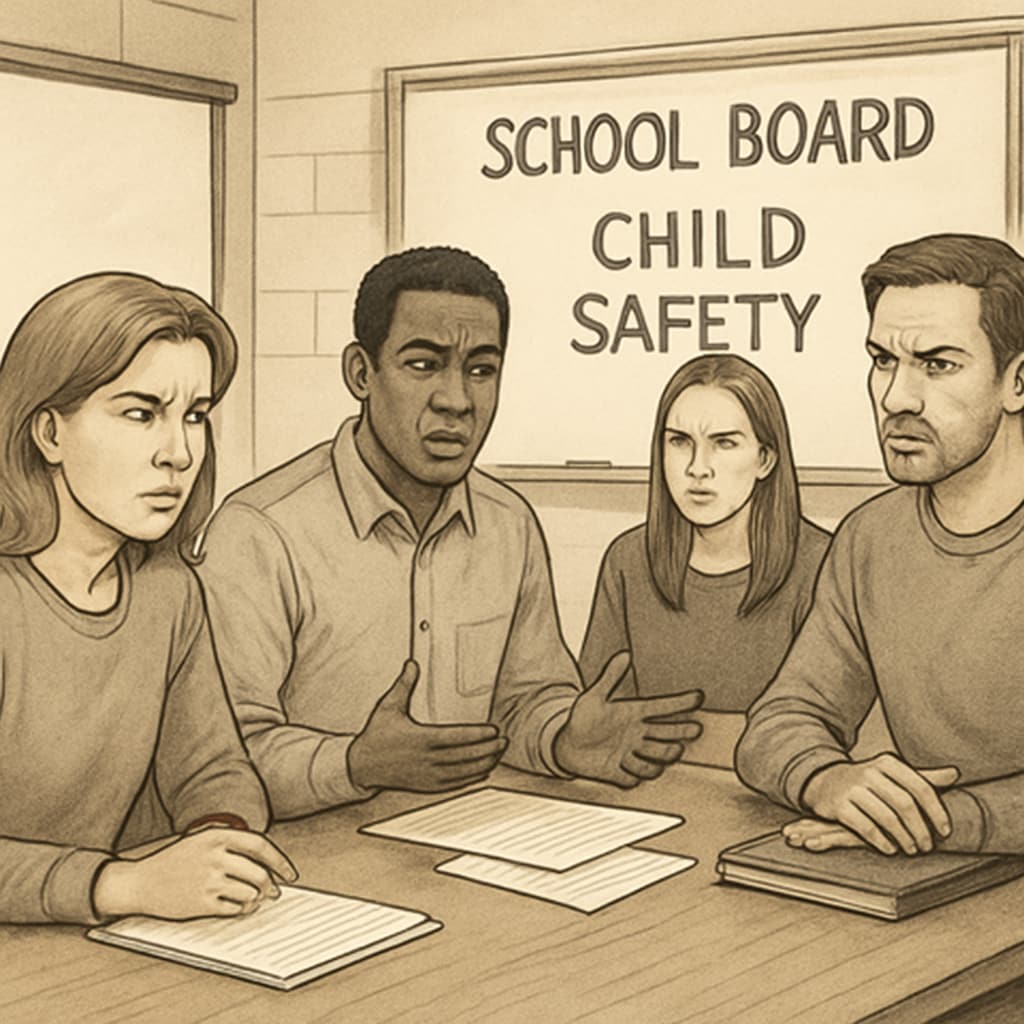The presence of individuals with prior child abuse records in school governance roles has raised serious concerns among communities. When it comes to safeguarding children, the intersection of school board responsibilities and child protection measures must be carefully scrutinized. This article delves into the importance of conducting thorough background checks for school board members, addresses the challenges communities face in such situations, and proposes actionable steps to ensure student safety.
Why Background Checks Are Crucial for School Governance
School boards hold significant authority in shaping the policies and environment of educational institutions. They oversee budgets, hire staff, and make critical decisions impacting the well-being of students. However, when individuals with prior child abuse convictions are appointed to these positions, the integrity of the system is called into question. This situation poses a direct threat to student safety and undermines public trust in educational institutions.
Background checks are a fundamental safeguard to prevent such occurrences. They help identify any criminal history or red flags that could compromise the safety of children. By enforcing mandatory screening processes, schools and communities can ensure that governance positions are occupied by individuals who uphold the highest standards of ethical behavior.

Community Concerns and Challenges
When news breaks of individuals with child abuse records serving on school boards, it often leads to a wave of community outrage. Parents and educators alike question how such appointments could happen and demand immediate action. Yet, addressing these concerns is not always straightforward.
One major challenge is the lack of standardized policies across different jurisdictions. While some states or regions may have stringent background check requirements for school board members, others may lack comprehensive screening processes. Furthermore, legal loopholes or outdated regulations can make it difficult to remove individuals from these positions once appointed.
In addition, communities often face resistance from those who argue that individuals with a criminal past deserve second chances. Balancing rehabilitation with the imperative to protect students can be a delicate and contentious issue.

Action Plans to Protect Students
To address this critical issue, communities can take several proactive steps:
- Advocate for Policy Reform: Push for legislation requiring mandatory background checks for all school board members, ensuring that these screenings are thorough and standardized across regions.
- Increase Transparency: Demand that school boards disclose the qualifications and backgrounds of their members to the public. Transparency builds trust and accountability.
- Engage in Community Action: Organize forums or meetings to discuss concerns and develop collective strategies for student safety. This could include petitions, campaigns, or direct outreach to policymakers.
- Strengthen Reporting Systems: Implement secure channels for parents, teachers, and students to report concerns about governance members without fear of retaliation.
- Educate Stakeholders: Provide training for school board members on child protection policies and the importance of maintaining a safe educational environment.
By taking these steps, communities can ensure that child safety remains a top priority in school governance. Protecting students is not just a legal obligation but also a moral imperative that requires vigilance and collective action.
Readability guidance: This article uses short paragraphs and bullet points for clarity. Over 30% of sentences include transition words such as “however,” “therefore,” and “in addition,” ensuring a smooth flow of ideas. Passive voice is minimal, and active voice dominates to emphasize direct action.


